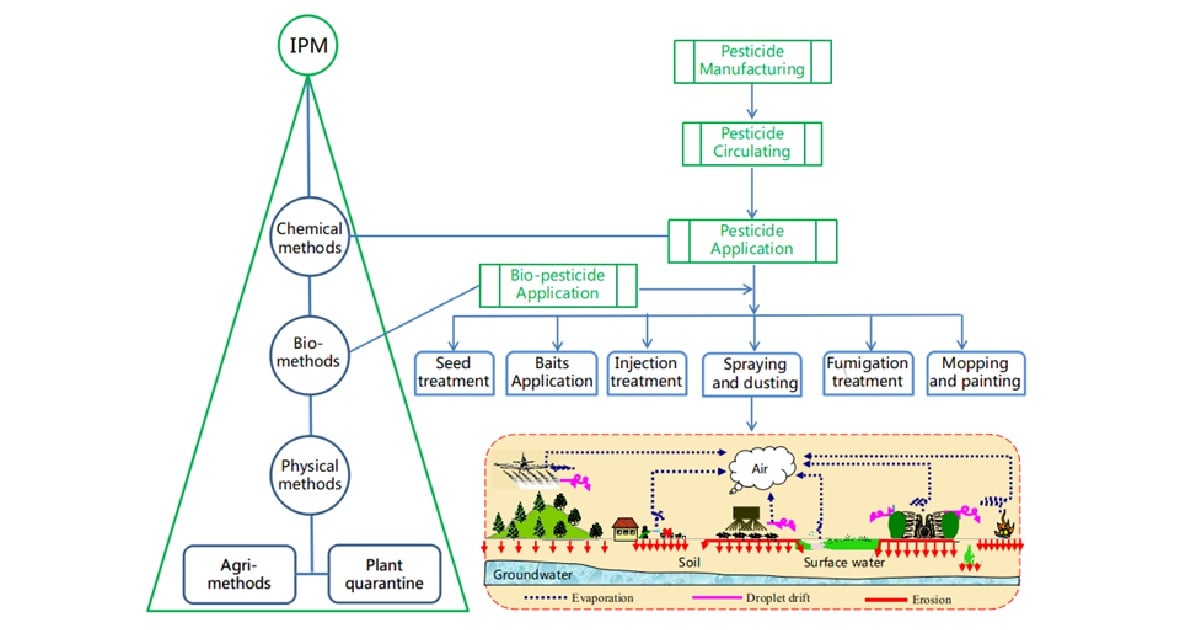Pesticide Application Technology in Cropping Systems
A special issue of Agriculture (ISSN 2077-0472). This special issue belongs to the section "Agricultural Technology".
Deadline for manuscript submissions: closed (10 May 2024) | Viewed by 9183

Special Issue Editors
Interests: plant protection machinery; pesticide application technology; intelligent spraying system; electrostatic spraying; atomizing
Special Issue Information
Dear Colleagues,
Pesticide application plays a leading role in the control of plant pests, but improper pesticide application causes a series of concerns, which is one of the most imperative challenges for agro-forestry production, including resistance to pesticides, environmental pollution, limit acceptability of pesticide residues, etc. Therefore, pesticide application technology has been widely studied around the world.
This Special Issue focuses on building a community of authors and readers to discuss the latest research experiences and develop new ideas and research directions. As environment-friendly and intelligent pesticide application technology is of crucial importance, this Special Issue will include the identification of pest targets, pesticide spraying and dusting, pesticide injection, pesticide mopping and painting, fumigation treatment, pest baits application, and pesticide seed treatment. In addition, it will include the key technologies for pesticide spraying systems, such as atomizing and nozzles, inline mixing, variable-rate technology, droplet drift control, electrostatic spraying, and intelligent profiling and targeting spraying.
The Special Issue will create a collection of papers on “Pesticide Application Technology in Cropping Systems”. We would like to invite scholars and researchers to contribute original and high-quality research articles, review articles as well as cutting-edge research opinions to this peer-reviewed Special Issue in the journal Agriculture.
Prof. Dr. Jiaqiang Zheng
Prof. Dr. Youlin Xu
Guest Editors
Manuscript Submission Information
Manuscripts should be submitted online at www.mdpi.com by registering and logging in to this website. Once you are registered, click here to go to the submission form. Manuscripts can be submitted until the deadline. All submissions that pass pre-check are peer-reviewed. Accepted papers will be published continuously in the journal (as soon as accepted) and will be listed together on the special issue website. Research articles, review articles as well as short communications are invited. For planned papers, a title and short abstract (about 100 words) can be sent to the Editorial Office for announcement on this website.
Submitted manuscripts should not have been published previously, nor be under consideration for publication elsewhere (except conference proceedings papers). All manuscripts are thoroughly refereed through a single-blind peer-review process. A guide for authors and other relevant information for submission of manuscripts is available on the Instructions for Authors page. Agriculture is an international peer-reviewed open access semimonthly journal published by MDPI.
Please visit the Instructions for Authors page before submitting a manuscript. The Article Processing Charge (APC) for publication in this open access journal is 2600 CHF (Swiss Francs). Submitted papers should be well formatted and use good English. Authors may use MDPI's English editing service prior to publication or during author revisions.
Keywords
- pest control
- plant protection machinery
- pesticide application technology
- intelligent spraying system
- variable-rate technology
- pesticide atomizing and nozzles
- pesticide inline mixing
- droplet drift control
- electrostatic spraying
- cropping system
Benefits of Publishing in a Special Issue
- Ease of navigation: Grouping papers by topic helps scholars navigate broad scope journals more efficiently.
- Greater discoverability: Special Issues support the reach and impact of scientific research. Articles in Special Issues are more discoverable and cited more frequently.
- Expansion of research network: Special Issues facilitate connections among authors, fostering scientific collaborations.
- External promotion: Articles in Special Issues are often promoted through the journal's social media, increasing their visibility.
- e-Book format: Special Issues with more than 10 articles can be published as dedicated e-books, ensuring wide and rapid dissemination.
Further information on MDPI's Special Issue polices can be found here.






